Nicaragua’s CAA has recently implemented a silly new system for overflight permit requests.
They talk about the changes in AIC numbers 89-93. But even when translated into English, the docs are bamboozling, and it’s not really clear exactly what has changed.
So we called on the help of Consorcio Aviation — a flight support company in the region, and our old pals — for help to understand all this, and how overflight permit requests now work.
So, how does it work?
Before, the process would go as follows: you would make one request with all the flights you wanted to do in a month, and the CAA would reply with one unique permit number for the entire list that was requested.
The new system is different. Now each flight must have its own permit number, and it is sent in the format of a QR code.
QR codes? Yuck.
Yep. You scan the QR code, and a webpage opens with your permit number – the one that you add to your FPL.
Is that it?
No, it gets worse. To make things more confusing, the QR codes are not all sent at once, but in partial batches of five, two or sometimes even one at a time, depending on how many flights you’re doing, further increasing the need for constant follow-up.
What do these hideous QR codes look like?
Here’s a sample. The QR code there is fake for confidentiality reasons, but if you scan a real one you get just a text with the permit number.
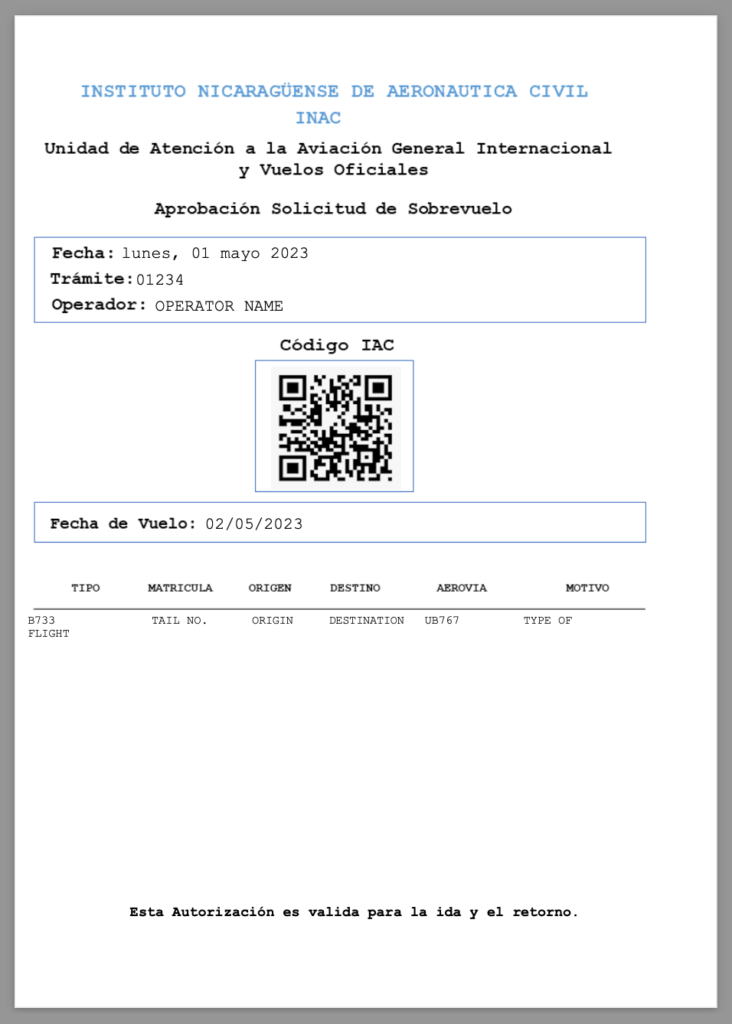
Watch out for the TRAMITE number on this doc. This is like an internal code for the CAA – it’s not the permit number. If you have inquiries and need to get to the authorities, they will ask you this TRAMITE number, not the permit number itself.
Is this QR code / permit system online?
No, they don’t have an online system for the requirements. You need to request it directly from the authorities – and easier to do this through an agent. Although some of the authorities’ staff understand English, it’s easier to communicate in Spanish in case they request more information or something is not very clear to them.
What about Nav fees? How do these get paid?
At the end of every month they send the billings to all the operators/companies that requested permits. In our case for example we usually give the options to our clients to pay directly or we pay for them. Usually they choose the second option for the reasons stated above.
Who are you, Consorcio?
Consorcio Aviation is a leading Flight Support Company headquartered in Paraguay, with a global footprint. It provides full-service ground handling to the main airports in Latin America and the Caribbean, for both cargo and passenger flights. With over 40 years of experience in the aviation industry, Consorcio Aviation is a suitable partner to assist ground operations with world-class standards. Email us at fltops@consorcioaviation.com
Sounds swish. Got any pics?
Yep. Here we are.
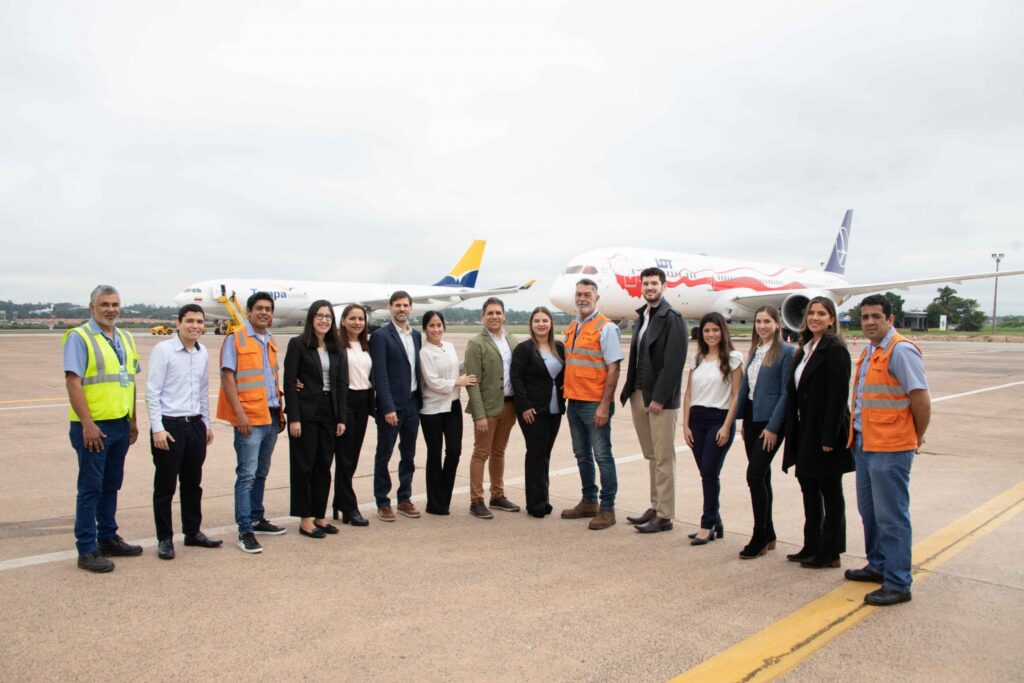
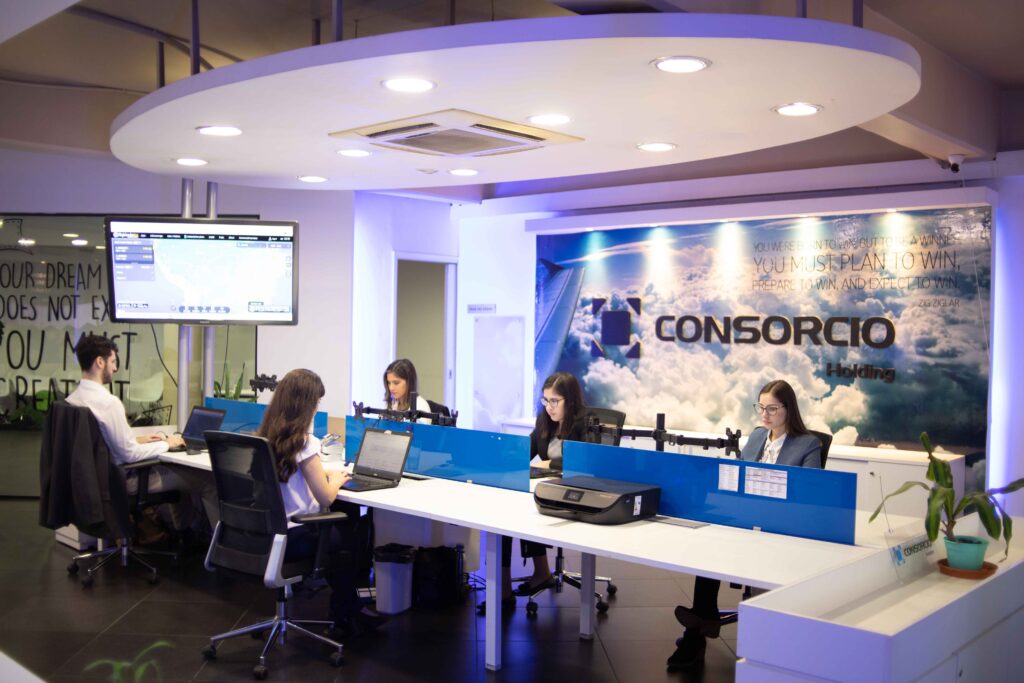
More on the topic:
More reading:
- Latest: More face scans at the US border for BizAv flights
- Latest: Greenland NAT Alternates: Dec 2025 Update
- Latest: Mexico Customs Surprises: Pills, Vapes, and Laptop Rules
- Safe Airspace: Risk Database
- Weekly Ops Bulletin: Subscribe
- Membership plans: Why join OPSGROUP?



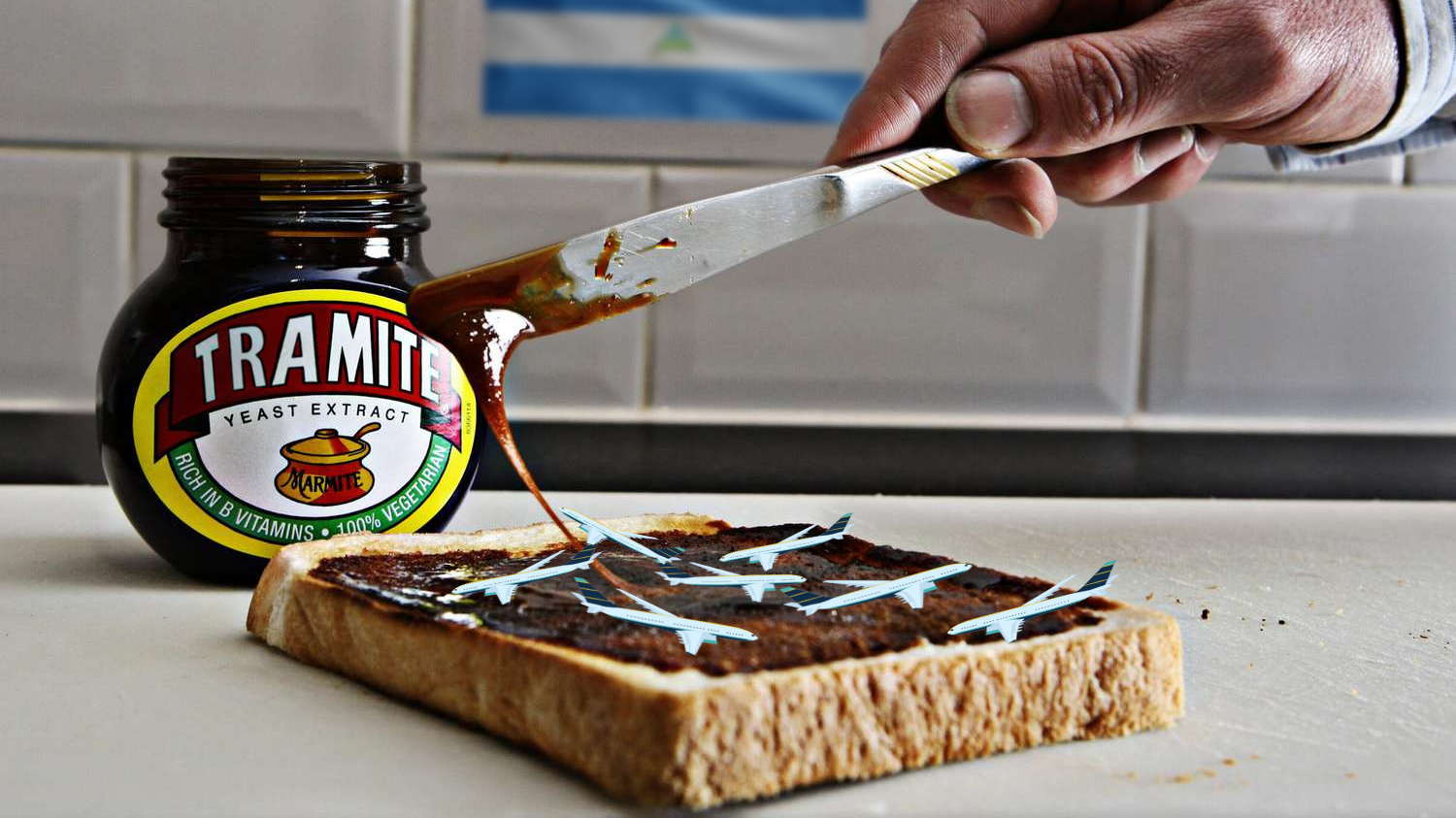








 Get the famous weekly
Get the famous weekly 



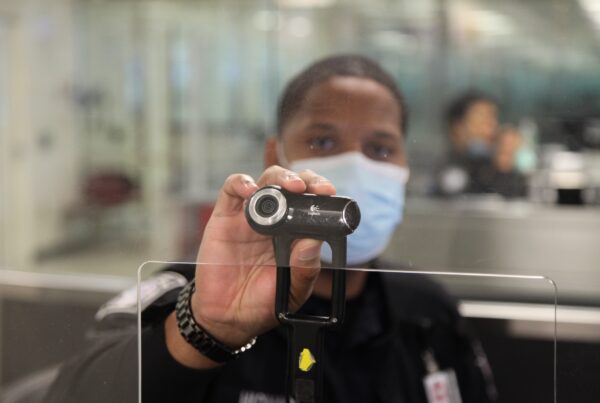


We operate on regular basis to MNMG. We do our landing permits directly with INAC. Works good with 24 hours notice!
Sounds confusing!
Good to know someone else can get it done for you.